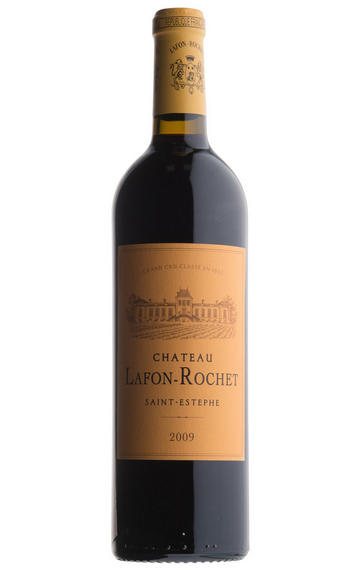
2009 Château Lafon-Rochet, St Estèphe, Bordeaux
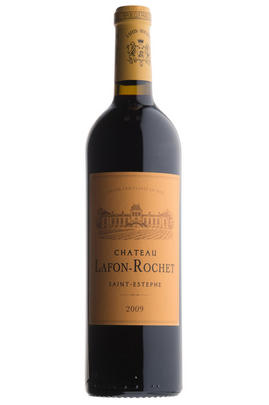
Critics reviews
Robert M. Parker, Jr. - 23/12/2011
(Jancis Robinson MW, jancisrobinson.com - Apr 2010)
(James Suckling - Wine Spectator - Apr 2010)
(Robert Parker - Wine Advocate - April 2010)
About this WINE
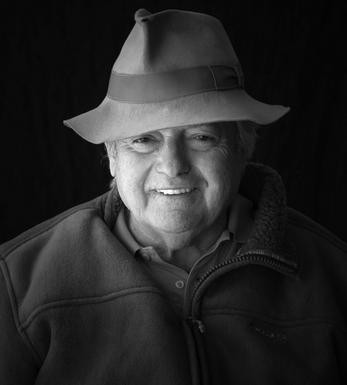
Chateau Lafon-Rochet
Château Lafon-Rochet is a 4ème Cru Classé St-Estèphe estate that has been owned by the Tesseron family since 1959. The property had been neglected and Guy Tesseron extensively replanted, as well as building a completely new château in "chartreuse" style. Today Lafon-Rochet is run by Albert and Michel Tesseron.
Lafon-Rochet's vineyards (Cabernet Sauvignon 56%, Merlot 40%, Cabernet Franc 4%) lie on clay-gravel soils and are superbly sited in the south of the commune opposite Château Lafite. The wines are matured in oak barriques (40% new) for 18 months.
Lafon-Rochet's wines were, for many years, criticised for being excessively tannic and austere and generally were considered to lack charm. In the last decade or so, improved viticultural techniques and a greater percentage of Merlot in the final blend has led to purer expressions of fruit and the wines being generally more supple and elegant. Lafon-Rochet needs at least 10 years of bottle ageing to show at its best.
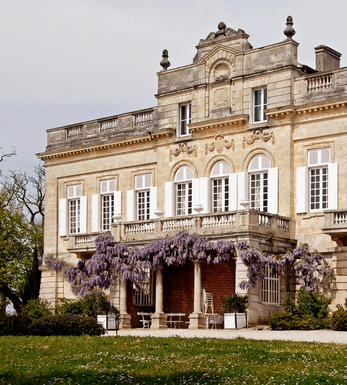
Saint-Estèphe
Saint-Estèphe is the northernmost of the most important communes of the Médoc and borders Pauillac on its southernmost border, with only a gully and stream separates it from Ch. Lafite. To the north lies the Bas-Médoc.
Saint-Estèphe is defined by the depth of its gravel, which is ubiquitous but of varying depths and occasionally very shallow, when clay predominates. This keeps the soil cooler and wetter than its counterparts so that the wines can appear fresh in lighter vintages, but superbly successful in hot, dry years.
The best châteaux in the south of the commune have the deepest soil and the thickest gravel. Cos d'Estournel has an exceptional terroir with its vineyards being located on a south-facing ridge of gravel with excellent drainage.
Saint-Estèphe is the least gravelly of main Médoc communes and in the north of the commune the vineyards are heavier and more clay-based leading to a rustic style of wine being produced.
The wines can appear austere in youth with a discernable ferric note at some châteaux, but the best typically display good depth of colour, pronounced acidity an tannins in youth and are exceptionally long-lived. At their best, they are the equal of almost any Bordeaux. The well-regarded St Estèphe co-operative controls the production of about half the appellation.
Recommended Châteaux
Cos (Ch. Cos d'Estournel), Ch. Montrose, Ch. Calon-Ségur, Ch. Lafon-Rochet, Ch. Les Ormes de Pez, Ch. Beau-Site, Ch. Cos Labory, Ch. Phélan-Ségur
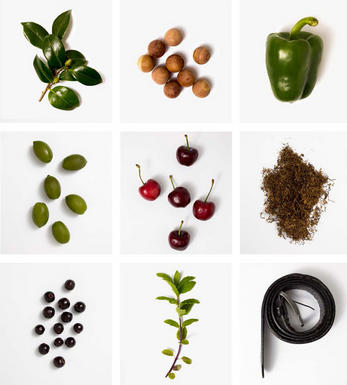
Cabernet Sauvignon Blend
Cabernet Sauvignon lends itself particularly well in blends with Merlot. This is actually the archetypal Bordeaux blend, though in different proportions in the sub-regions and sometimes topped up with Cabernet Franc, Malbec, and Petit Verdot.
In the Médoc and Graves the percentage of Cabernet Sauvignon in the blend can range from 95% (Mouton-Rothschild) to as low as 40%. It is particularly suited to the dry, warm, free- draining, gravel-rich soils and is responsible for the redolent cassis characteristics as well as the depth of colour, tannic structure and pronounced acidity of Médoc wines. However 100% Cabernet Sauvignon wines can be slightly hollow-tasting in the middle palate and Merlot with its generous, fleshy fruit flavours acts as a perfect foil by filling in this cavity.
In St-Emilion and Pomerol, the blends are Merlot dominated as Cabernet Sauvignon can struggle to ripen there - when it is included, it adds structure and body to the wine. Sassicaia is the most famous Bordeaux blend in Italy and has spawned many imitations, whereby the blend is now firmly established in the New World and particularly in California and Australia.


Buying options
Add to wishlist
Description
With a real richness for a St Estèphe, this is a dense, complex but juicy wine which manages to be both serious but pretty at the same time. With well-managed, grainy tannins, a long, savoury length and fine, mineral complexity, this is very impressive indeed.
wine at a glance
Delivery and quality guarantee